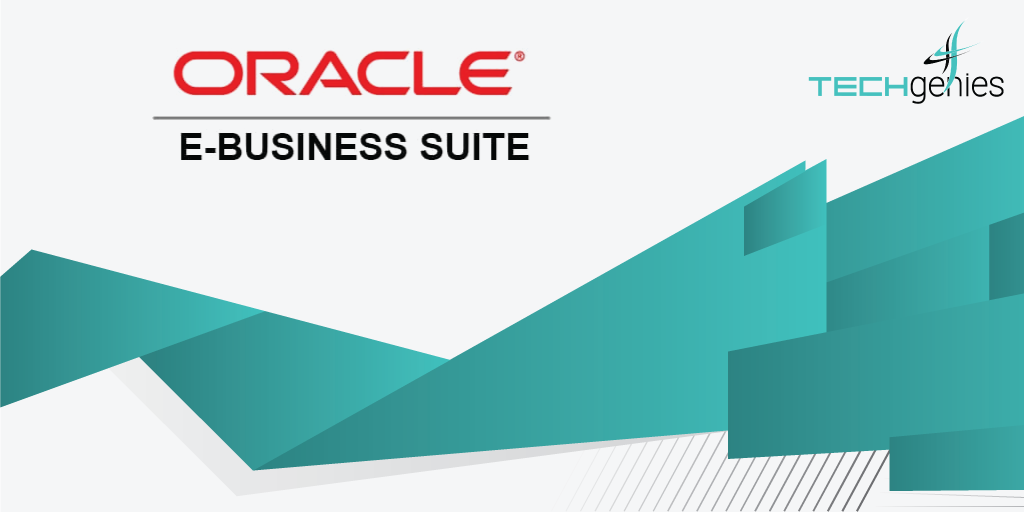One of the key challenges for businesses trying to stay in sync with today’s technology is the perpetual upgrading. Updates are essential, but they can still come with resource and time costs, as well as some disruption to operations.
Businesses can combat this with a strategic investment by funneling multiple enterprise applications through a single solution. In practice, this means a single, Internet-enabled product can manage all enterprise operations from a single data center or warehouse with a single dataset. And for most businesses, that’s the difference between about 8 different applications to manage, upgrade, and adapt and just one.
Oracle E-Business Suite is one of the more widely adopted solutions, offering both cloud applications infrastructure and SaaS applications, and most recently, announcing with the release of the 12.2 version, premier support through 2030.
Cloud Applications to Support Business Processes
Oracle E-Business Suite (EBS) can include up to 8 of its applications: Oracle CRM, Oracle Financials, Oracle Human Resource Management System (HRMS), Oracle Logistics, Oracle Supply Chain Applications, Oracle Order Management, Oracle Transportation Management, and Oracle Warehouse Management System.
These supplied solutions can minimize the time and resources necessary to implement the solution and help streamline business processes overall, allowing for each of the systems to be more effective. Let’s take a closer look at what each can provide:
Oracle CRM
What it does: The front-office application spans marketing, order capture, contracts, service, and call centers, as well as quotes and order management, content management, and catalogs.
Benefits: Better organization and visibility into these functions can help a business build better customer loyalty and satisfaction.
Oracle Financials
What it does: This includes an array of financial applications, including a general ledger, payables, receivables, fixed assets, treasure, property management, cash management, financial analyzer, and expenses.
Benefits: When financials are all routes through a single platform, it’s easier to establish analytics through cloud computing that ultimately gives businesses the practical insight to harnesses stronger financials.
Human Resource Management System (HRMS)
What it does: Users can oversee and manage the full HR process, from recruiting and training through retirement, including time management, compensation, benefits, and payroll.
Benefits: HR data can be easily extracted, to allow organizations to take control of, or implement, people analytics.
Oracle Logistics
What it does: Users plan and manage the products and services in business from production to storage, and establish production schedules and materials plans.
Benefits: When coupled with predictive analytics, this information can help with demand planning and warehouse supply levels.
Supply Chain Applications
What it does: Like logistics, users can employ predictions to better prepare, this time at a macro level, to predict market heavier, anticipate and plan for volatile market conditions, and support product development, sales, operations planning, transportation management, and supply management, depending on the industry.
Benefits: This big-picture view enables businesses to align their operations globally.
Order Management
What it does: This management system oversees the sales order management process in full, from the order commitment through transporting and shipping the order tot eh customer.
Benefits: Streamlines the sales order management process, and, depending on the business, can potentially automate some facets of the process. When businesses have a better view of their orders, they can cut fulfillment costs or fulfillment time, boost accuracy, and improve on-time delivery.
Transportation Management
What it does: Third-party logistics providers and shippers can integrate planning, execution, and freight payment across various types of transportation.
Benefits: Better planning and execution capabilities can help to cut transportation costs, improve customer service, and use resources more efficiently.
Warehouse Management System
What it does: Users can oversee and coordinate the way products or services from throughout the full distribution process, including how employees are staffed, equipment is used, and space is allocated.
Benefits: By better understanding how products or services are moving, businesses can reduce their lead time, inform customers, staff to the specific needs, and approach inventory on a more real-time basis.
Implementation
If your business determines Oracle EBS is the right solution implement, you’ll need to consider several areas:
- What infrastructure will support EBS? Oracle offers Oracle Cloud Infrastructure, or businesses can employ their own cloud infrastructure management tools.
- Do you need database services? The database should receive careful consideration because getting your data warehousing right is critical to maximizing insights from your enterprise applications.
Does Your Business Need a Cloud Solutions Consultant?
You want to make the most of your investment in Oracle EBS or any other enterprise solution. Getting the implementation right means setting your business up to tackle the biggest challenges in a more data-driven way. Sometimes, this can include your enterprise resource planning, value chain planning, smarter change management, or even adapting business processes.
Lean on our Genies’ vast knowledge and tell us about what you need to implement an enterprise solution that helps your business. You can find us at info@techgenies.com.


